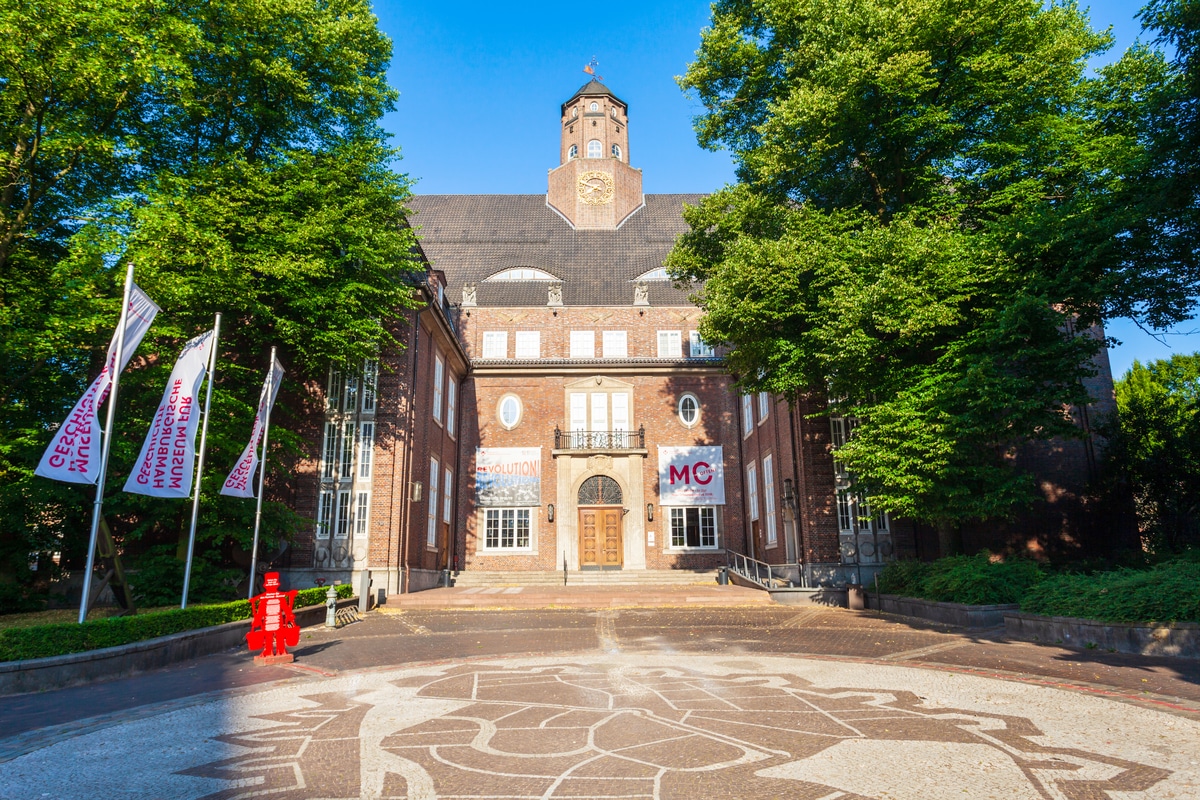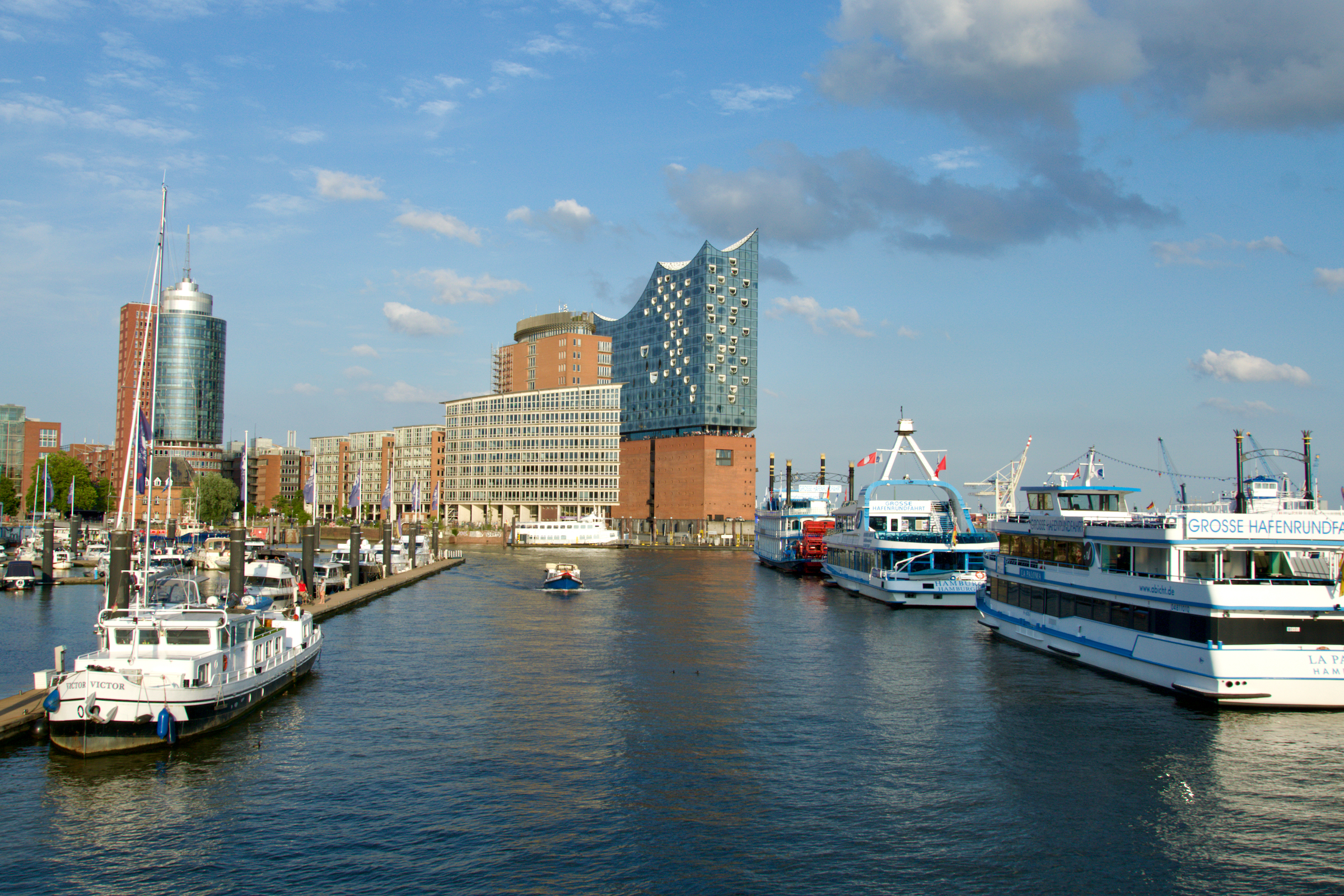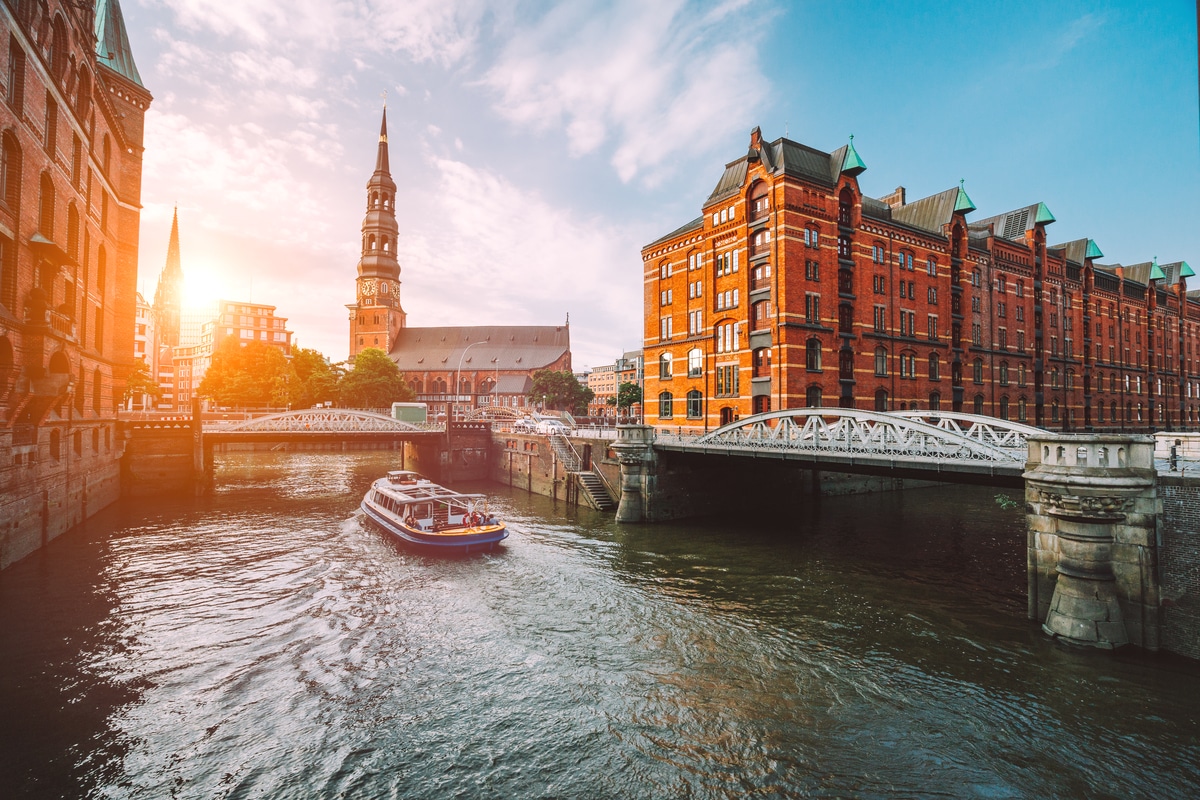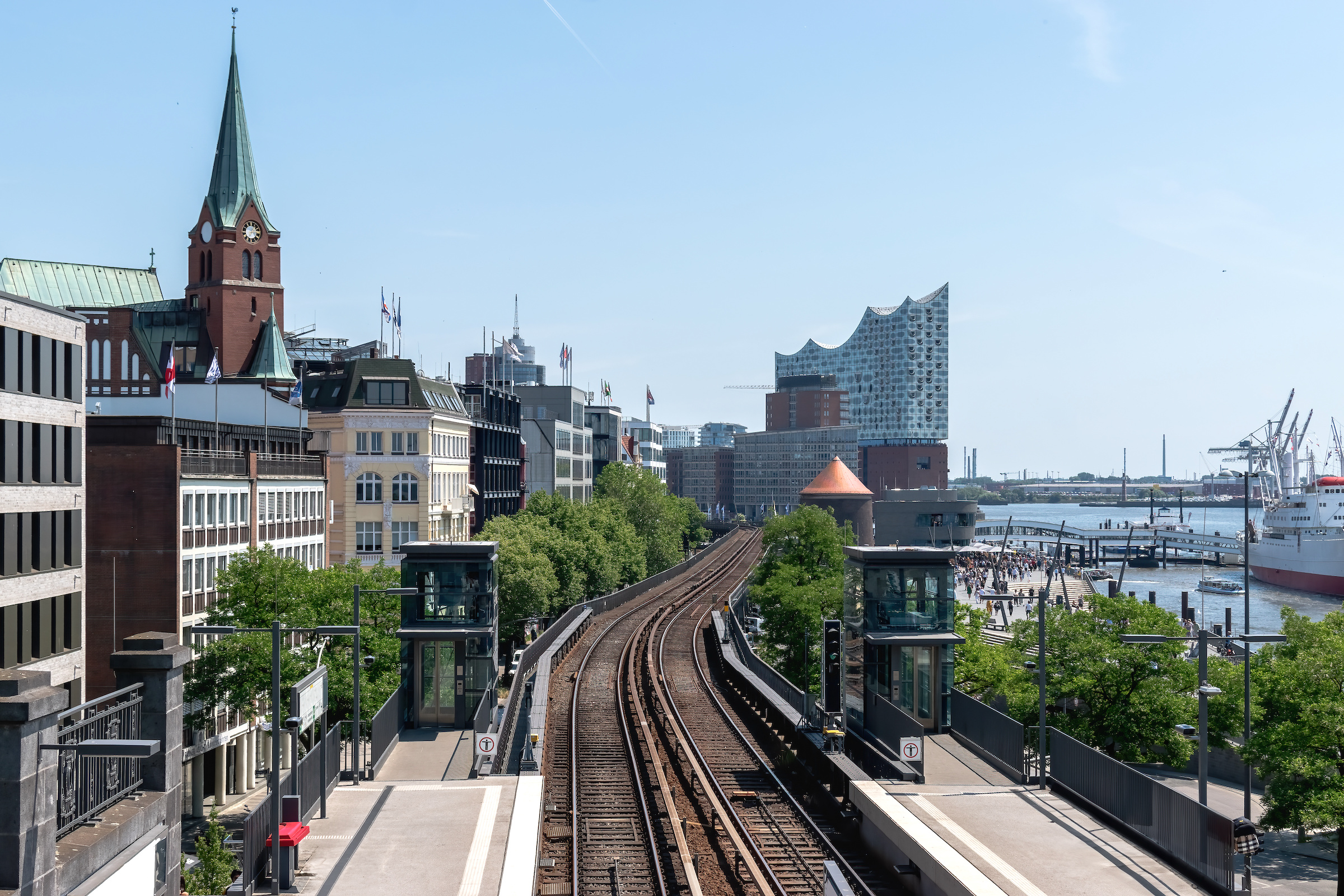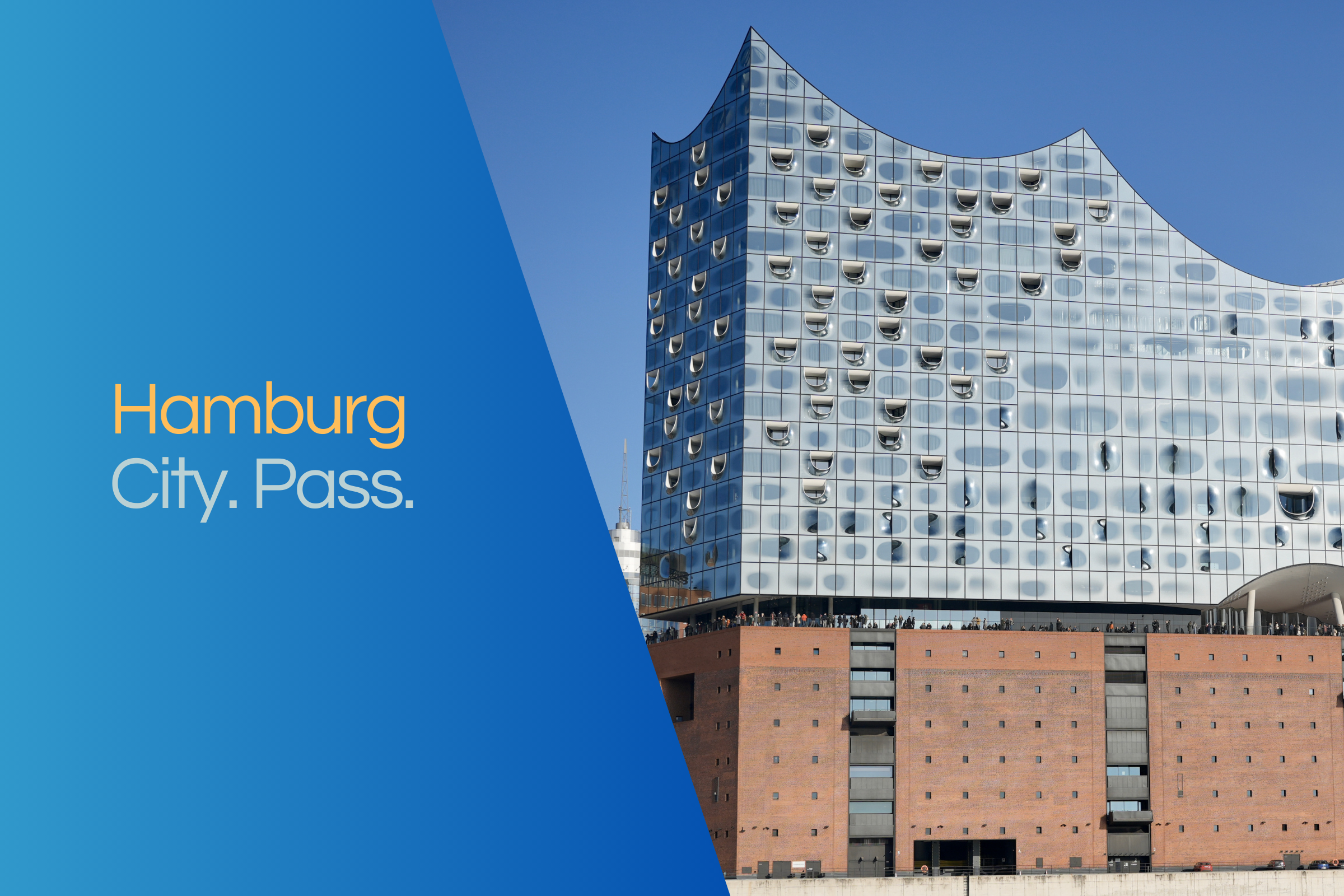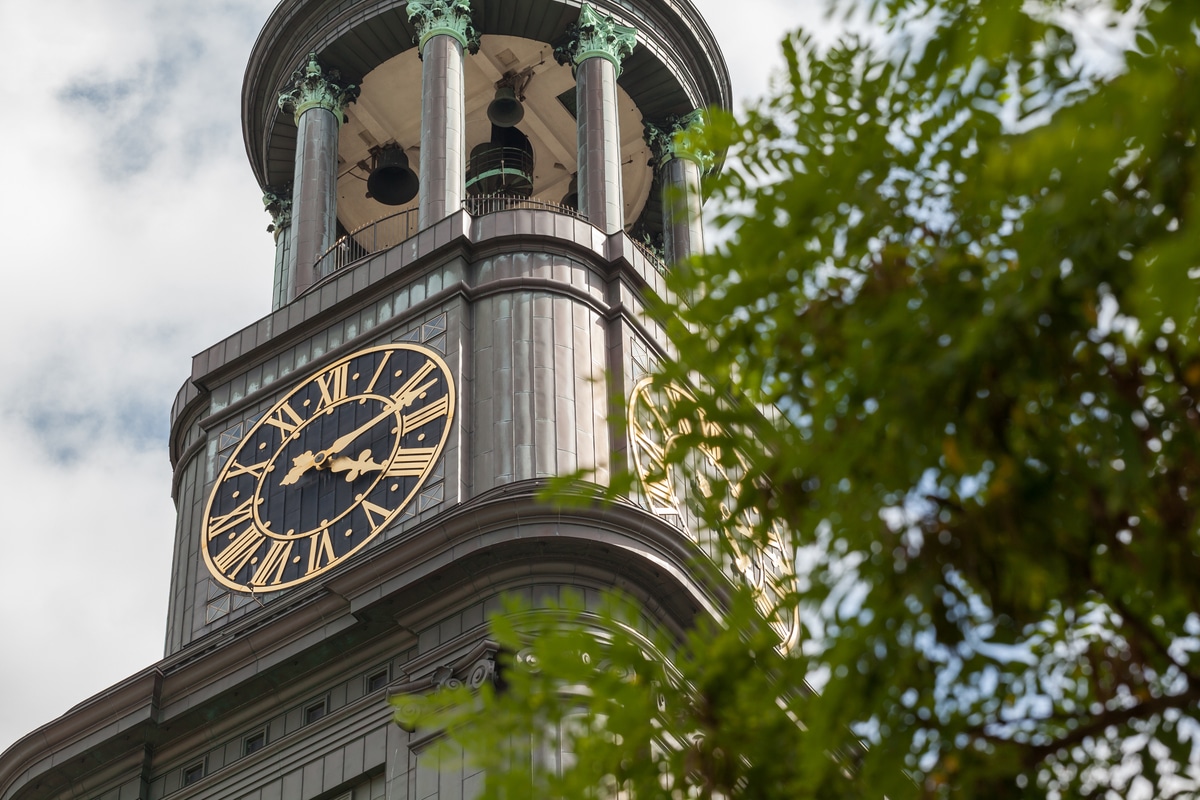An urban history tour of the Hamburg Museum.
This central area is dedicated to the pirate Klaus Störtebeker, among others. Visitors can view a replica of a cog and marvel at a 600-year-old skull attributed to the buccaneer. The time of the Reformation is thematized by numerous sacral sculptures.
A reconstructed merchant's hall of the 17th century burghers' houses shows the cultural boom of the Hanseatic city. Another area is shipbuilding and shipping from the 18th century onwards. Among the important exhibits here is the large shipyard model of the Wapen of Hamburg III, a Hamburg convoy ship.
The city of Hamburg in the 20th century
Many themes of everyday life from the time of the German Empire to the turn of the millennium are presented in a special exhibition area. These include a living room from the imperial era and a 1930s milk store. Other attractions include an air-raid shelter from World War II, rooms of a shared apartment from around 1972 and a designer loft from the 1990s.
The cultural life of the Hanseatic city
In the areas of theater, music, art and fashion, the cultural life of the city of Hamburg from the 17th century onward is thematized. The history of costumes is dealt with in particular detail, and costumes by the dancer Sylvin Rubinstein are shown alongside flamenco costumes. An important exhibit from the Baroque period is the model of the Temple of Solomon, built from 1680 to 1692.
Numerous pieces on the themes of theater and music of the 17th and 18th centuries come from the stages of the city of Hamburg at that time. These include a trombone from 1587 and Carl Conrad Fleischer's harpsichord from 1716.
